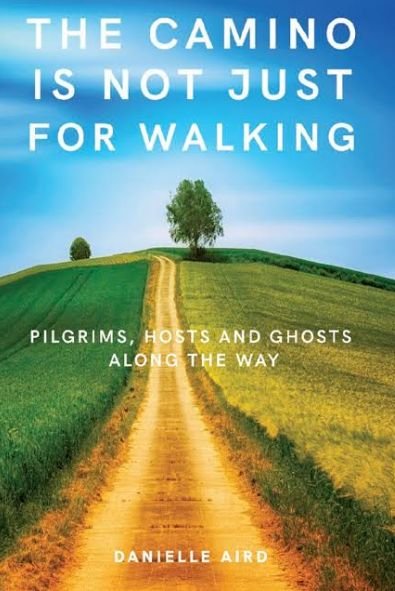Dear Pilgrims, Past and Future: What Not to Worry About on the Camino de Santiago.

Dear Fellow Pilgrim,
I read a post on reddit the other day that asked: “After walking the Camino, what did you realize you shouldn’t have worried about?”
Let me tell you a story.
I once met a pilgrim in Saint-Jean-Pied-de-Port who had packed *everything*. I mean, *everything*. His backpacks (one on his back, one carried in front of his belly) looked like it had been stuffed by a paranoid survivalist—emergency rations, all sorts of supplements, three pairs of hiking boots (just in case), and even a French phrasebook he never opened. By the time he reached Roncesvalles, he was exhausted—not from walking, but from carrying the weight of his worries.
Sound familiar?
Worry is the mind’s way of trying to control the uncontrollable. On the Camino, I’ve seen pilgrims arrive with backpacks heavy not just with gear, but with anxieties—about distance, accommodations, language barriers, and whether they’ll survive a week without Wi-Fi. Yet, something magical happens when boots meet the path: those worries begin to shed like autumn leaves, carried away by the rhythm of footsteps.
So, what’s the answer to that Reddit question: “After walking the Camino, what did you realize you shouldn’t have worried about?”
Generations of pilgrims have found out, and it’s both simple and profound:
“Anything.”
Yes, anything.
The Camino has a way of stripping life down to its essentials. Was the secret to happiness the smelly socks in my backpack? The sunburn that made me look like a lobster? The blisters that felt like tiny volcanoes erupting on my feet? Of course not. It was the act of putting one foot in front of the other, of experiencing myself, the world, and the people around me. The Camino taught me that life is simple when you stop overthinking and start walking.
Those “unpleasantries” future pilgrims fear—blisters, crowded albergues, wrong turns—aren’t obstacles to overcome. They’re essential ingredients of the pilgrimage. They’re the tools the Camino uses to reshape our understanding of what truly matters. The path doesn’t demand perfection; it asks only for presence.
Here’s a liberating truth: some of the most joyful pilgrims arrive in Saint-Jean-Pied-de-Port with little more than open hearts and willing feet. They discover that the Way provides exactly what’s needed, precisely when it’s needed. The Camino has guided seekers for over a millennium—it knows its craft well.
Think of the Camino not as a path to be conquered, but as a raw, unfiltered dialogue between body and earth, between intention and surrender. For centuries, the trail has witnessed pilgrim footsteps, each leaving their mark while being marked in return. This reciprocity is the essence of pilgrimage.
The real joy lies in putting one foot in front of the other and being fully present. Over-planners often miss the spontaneous magic that makes the Camino special. Think of it as a dance with uncertainty—and trust me, it’s a dance worth learning.
Don’t worry about the distance. Yes, it’s far—some 800 kilometers of possibility stretching toward Santiago. But it’s also beautiful. Day by day, step by step, you’ll find yourself growing closer not just to Santiago, but to yourself. By the time León appears on the horizon, many pilgrims wish the journey were longer. *C’est loin, mais c’est beau.*
My only practical tip? Pack light—both with gear and, especially, expectations. Do the bare minimum of research, then let the Camino work its magic. Throw the dice, and let them fall where they may.
Remember, *“Buen Camino”* isn’t just a greeting; it’s a promise. The Way will provide, whether you’ve booked ahead or not. The secret to happiness isn’t in perfect planning; it’s in experiencing yourself, the world, and the beautiful souls you’ll meet along the way.
Wishing you a worry-free journey
P.S. Pilgrims have a saying: “The Camino provides.” Sometimes, what you need most is the liberation from worry itself.
